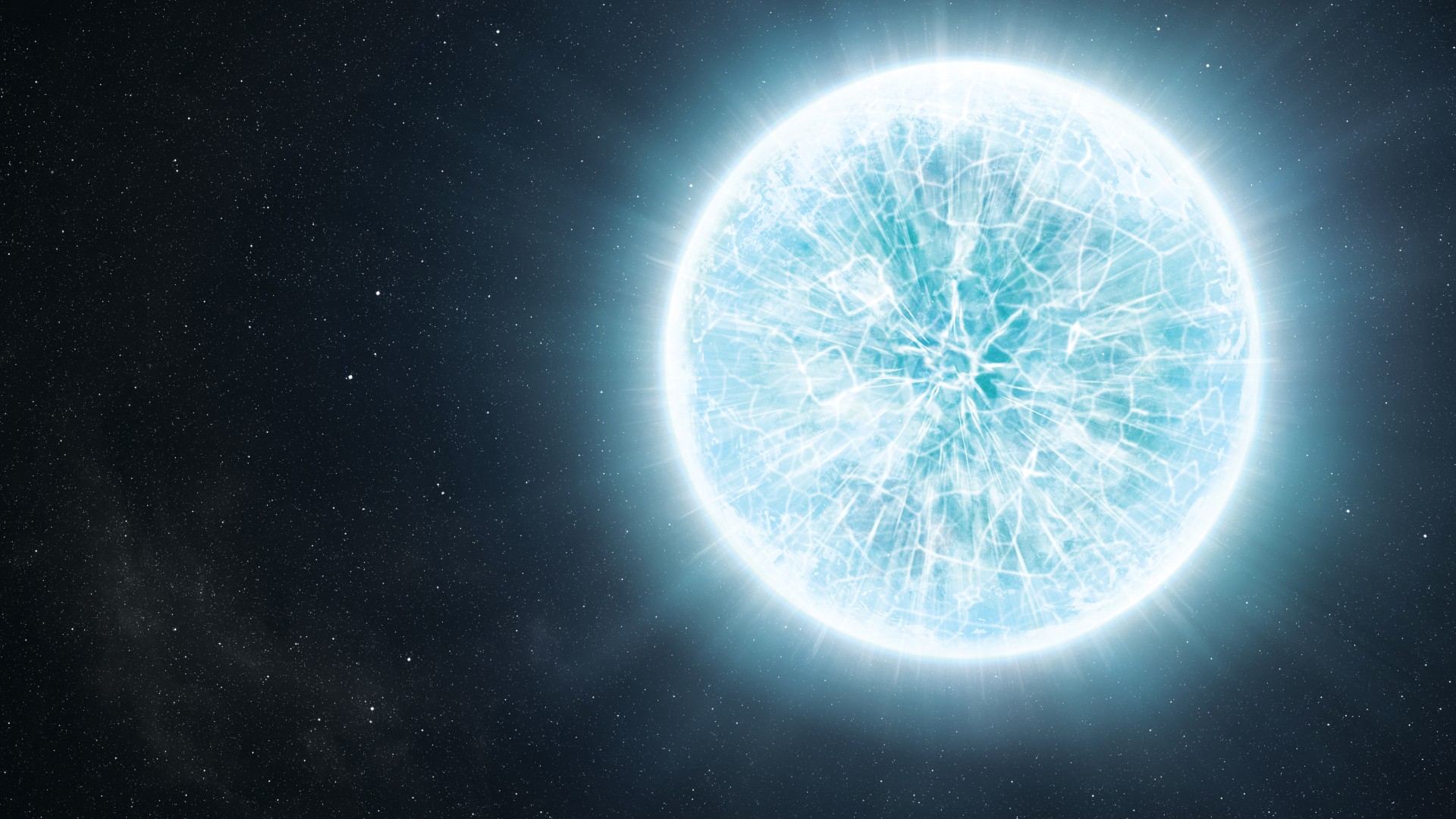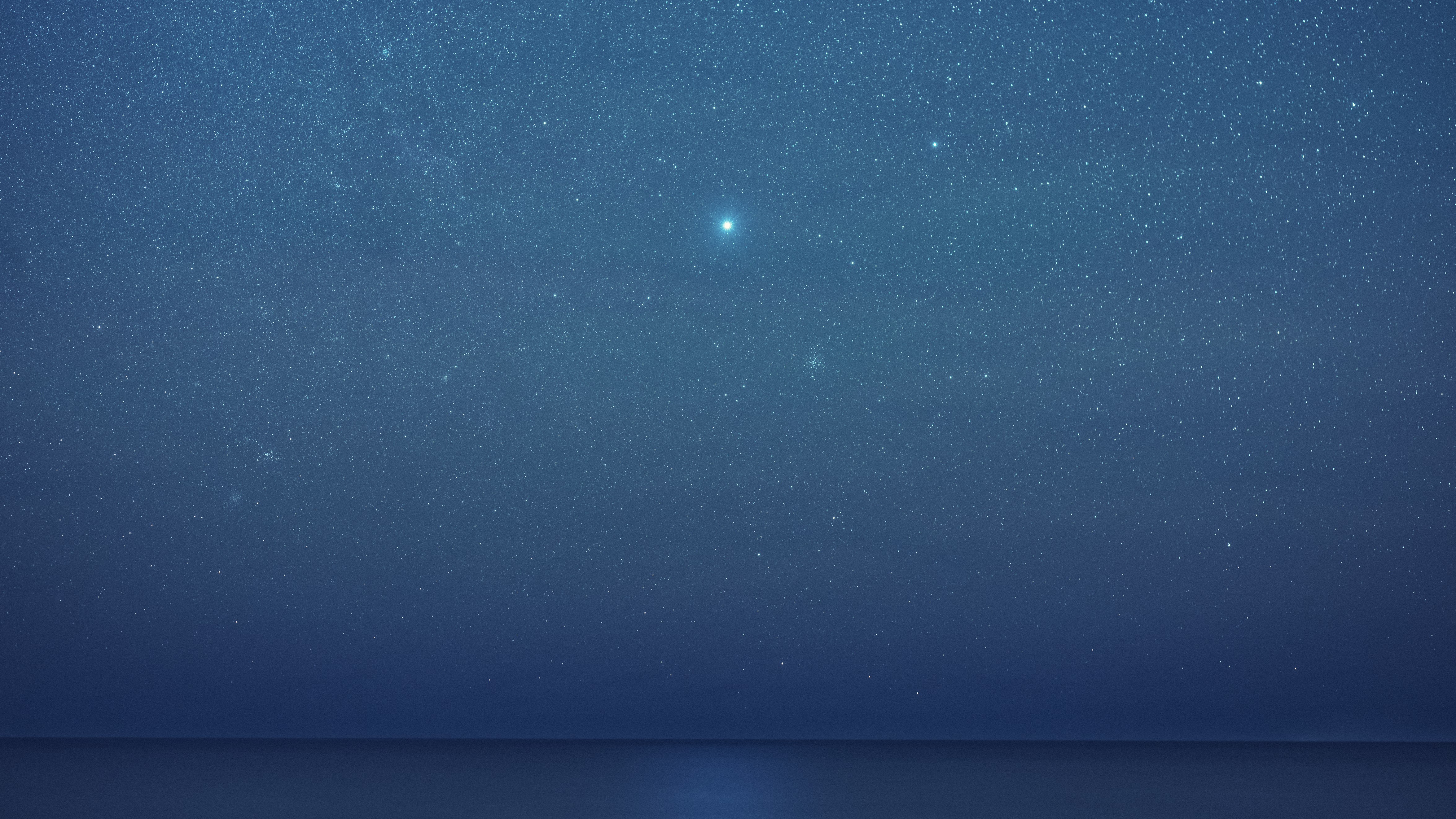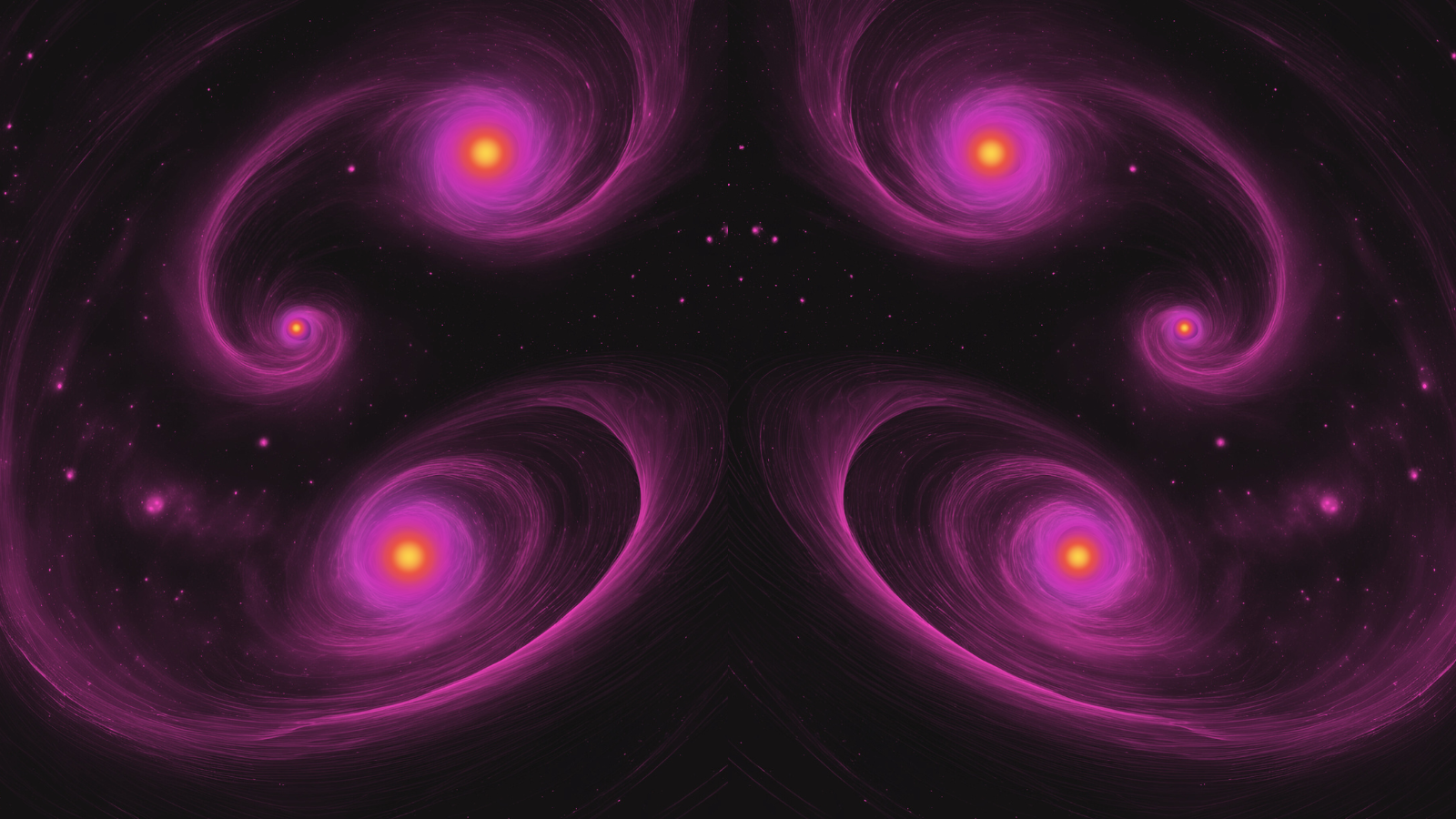Latest about Stars
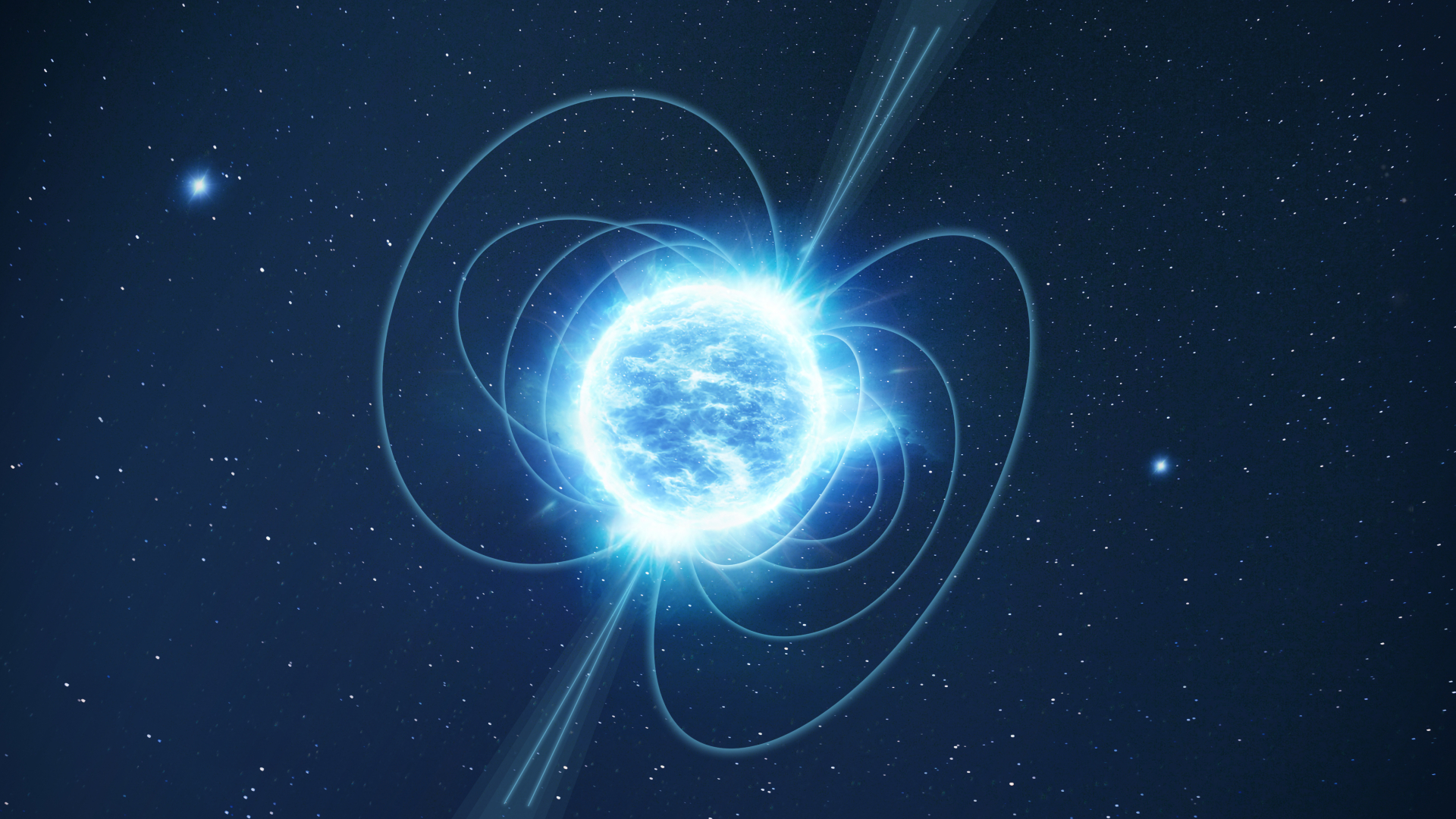
How compact can a neutron star get before collapsing into a black hole?
By Keith Cooper published
This new analysis could be used to test the physics of quantum chromodynamics in the future.
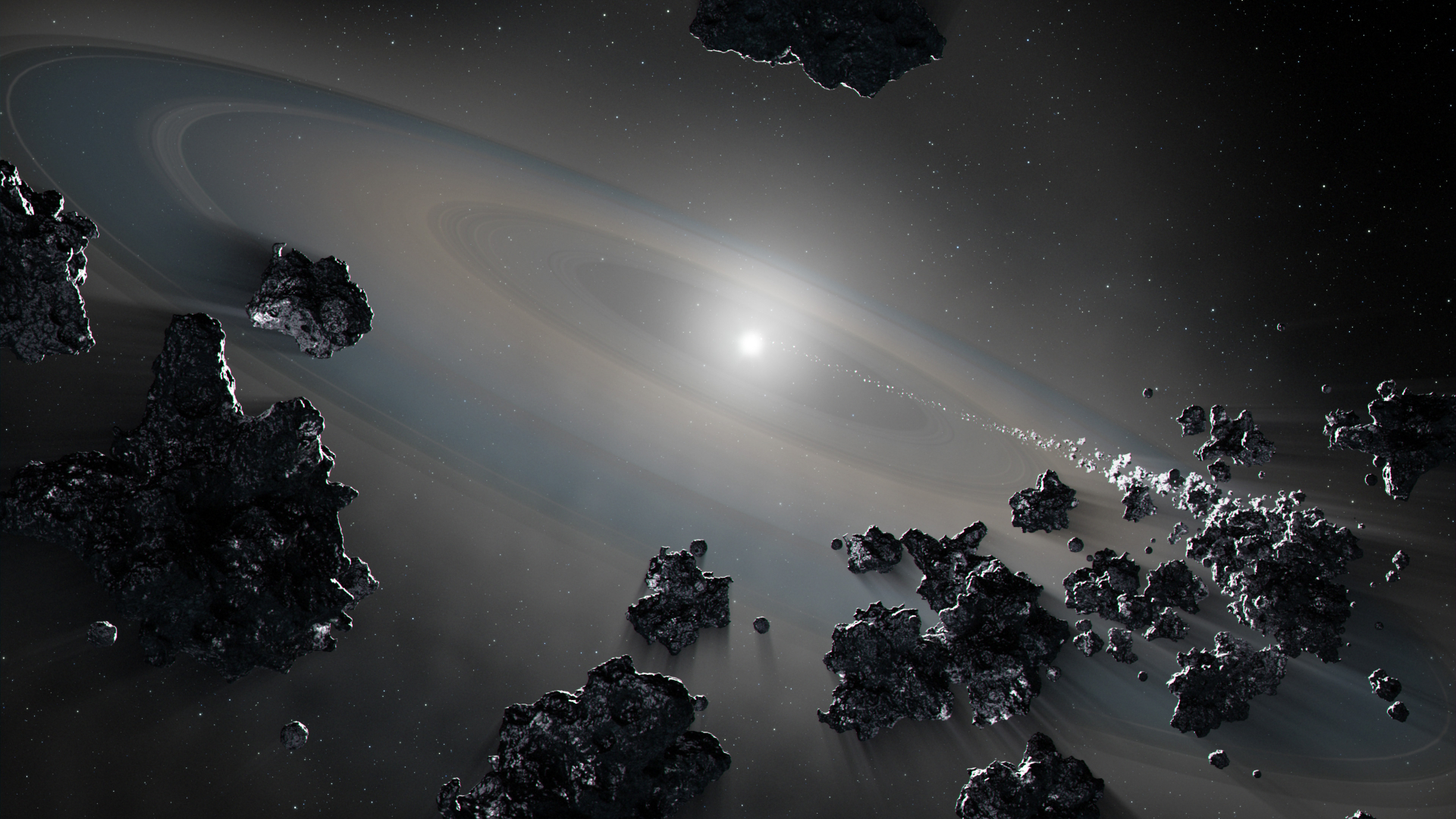
A doomed planet is being torn up by its 'zombie' white dwarf star — but astronomers don't understand why
By Keith Cooper published
The destroyed planet has spewed material onto the white dwarf's surface, with astronomers detecting 13 different elements originating from the rocky body.
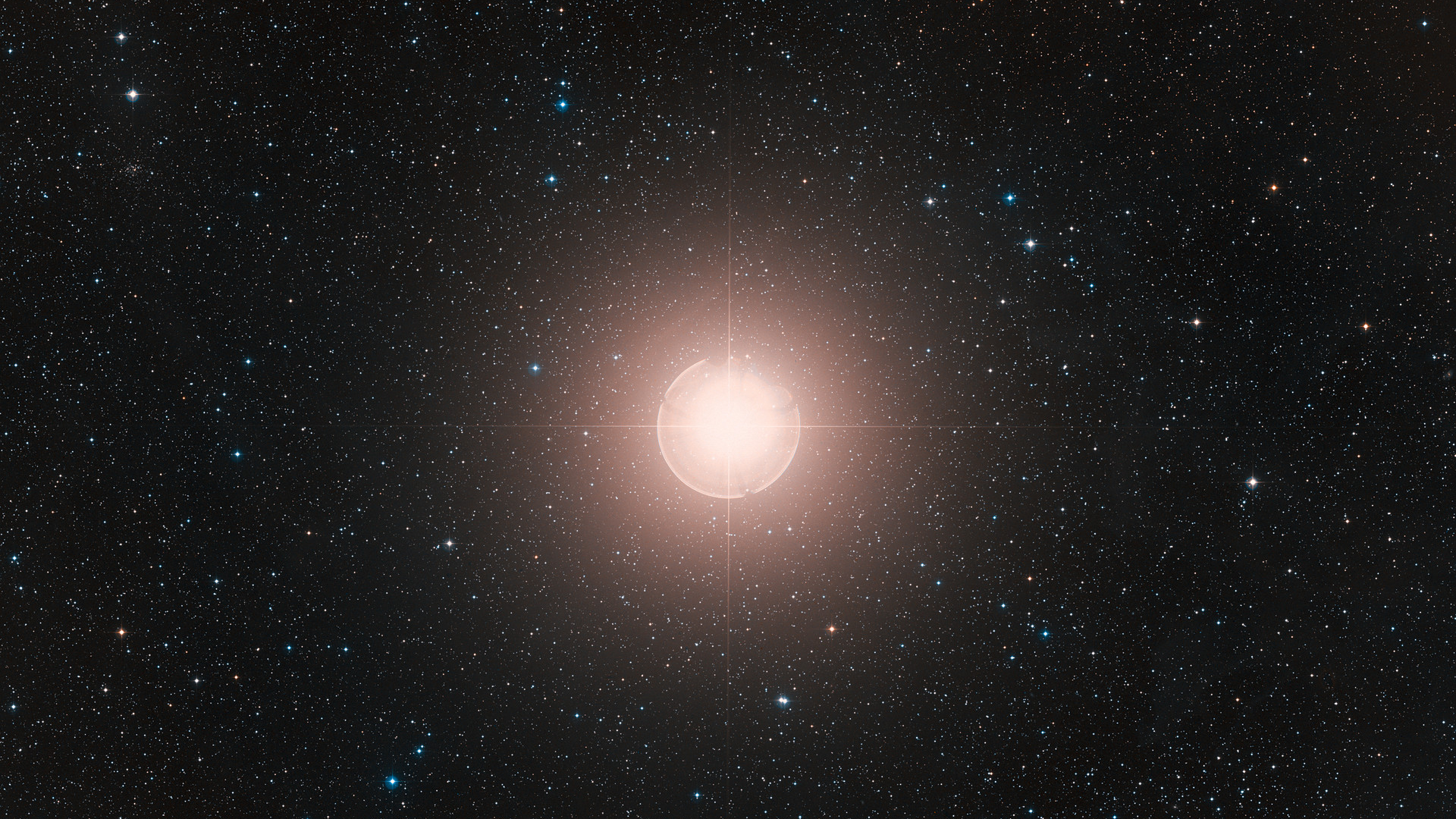
Giant star Betelgeuse has a 'Betelbuddy' — and it's very little indeed
By Stefanie Waldek published
Astronomers have sighted Betelgeuse’s mysterious companion — and it’s turning out to be full of surprises.
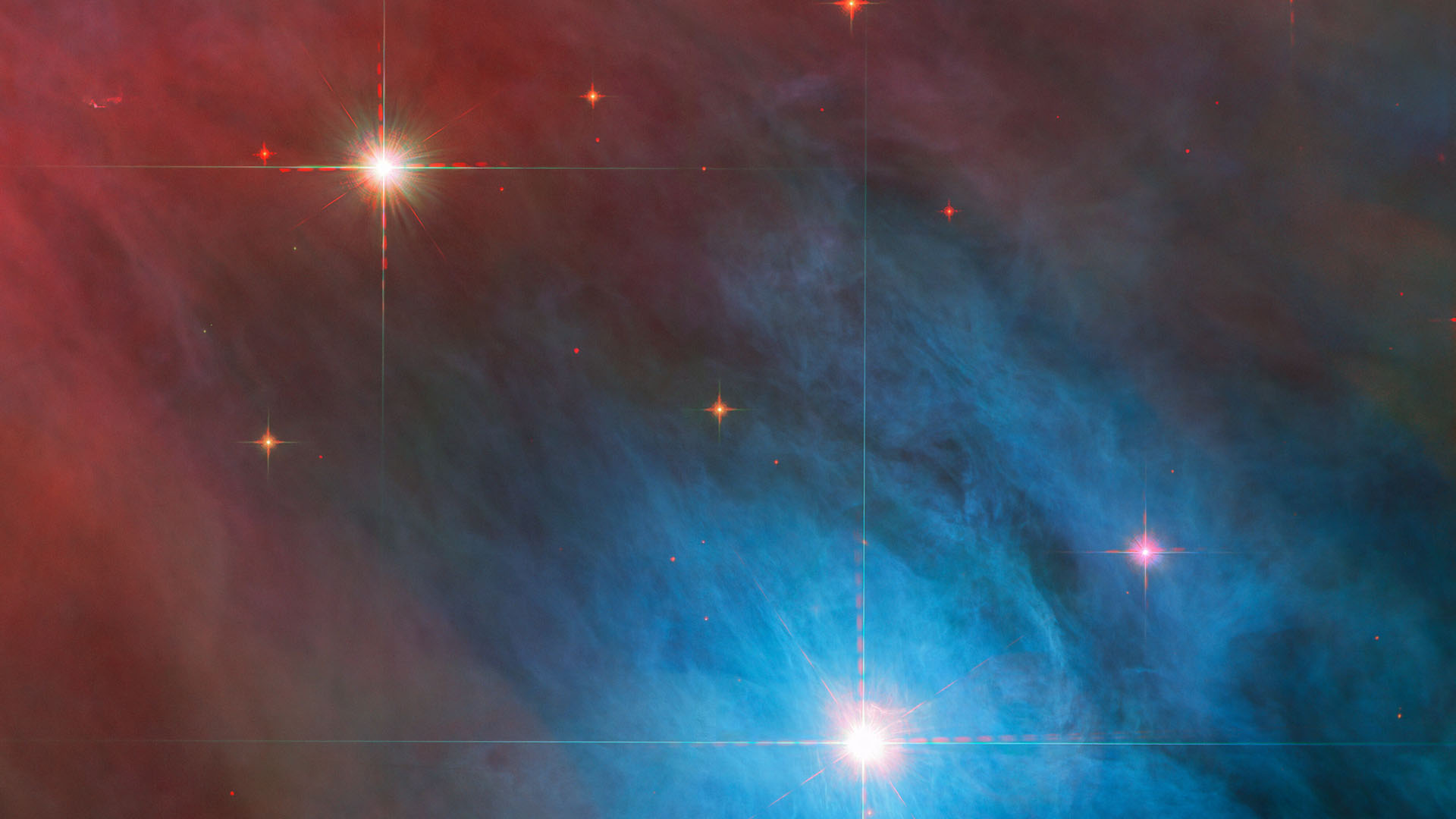
To the stars: a stellar trivia quiz
By Kenna Hughes-Castleberry published
This quiz will take you on a journey through the life cycle of stars, their classification, and the incredible processes that power them.
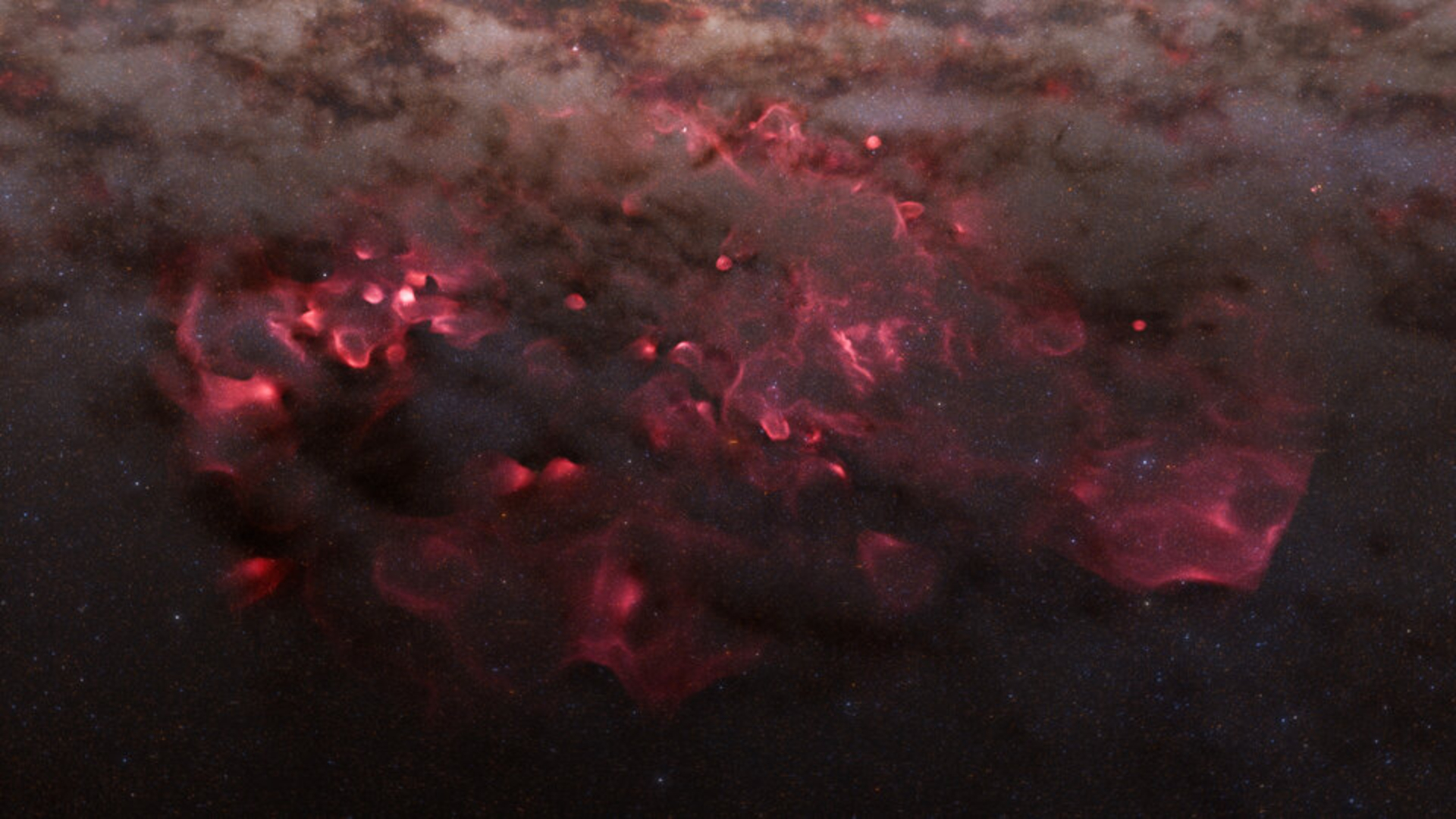
Zoom through the Milky Way's stellar nurseries in this super-detailed 3D map (video)
By Samantha Mathewson published
Astronomers have unveiled the most detailed 3D map ever made of stellar nurseries in our Milky Way galaxy.
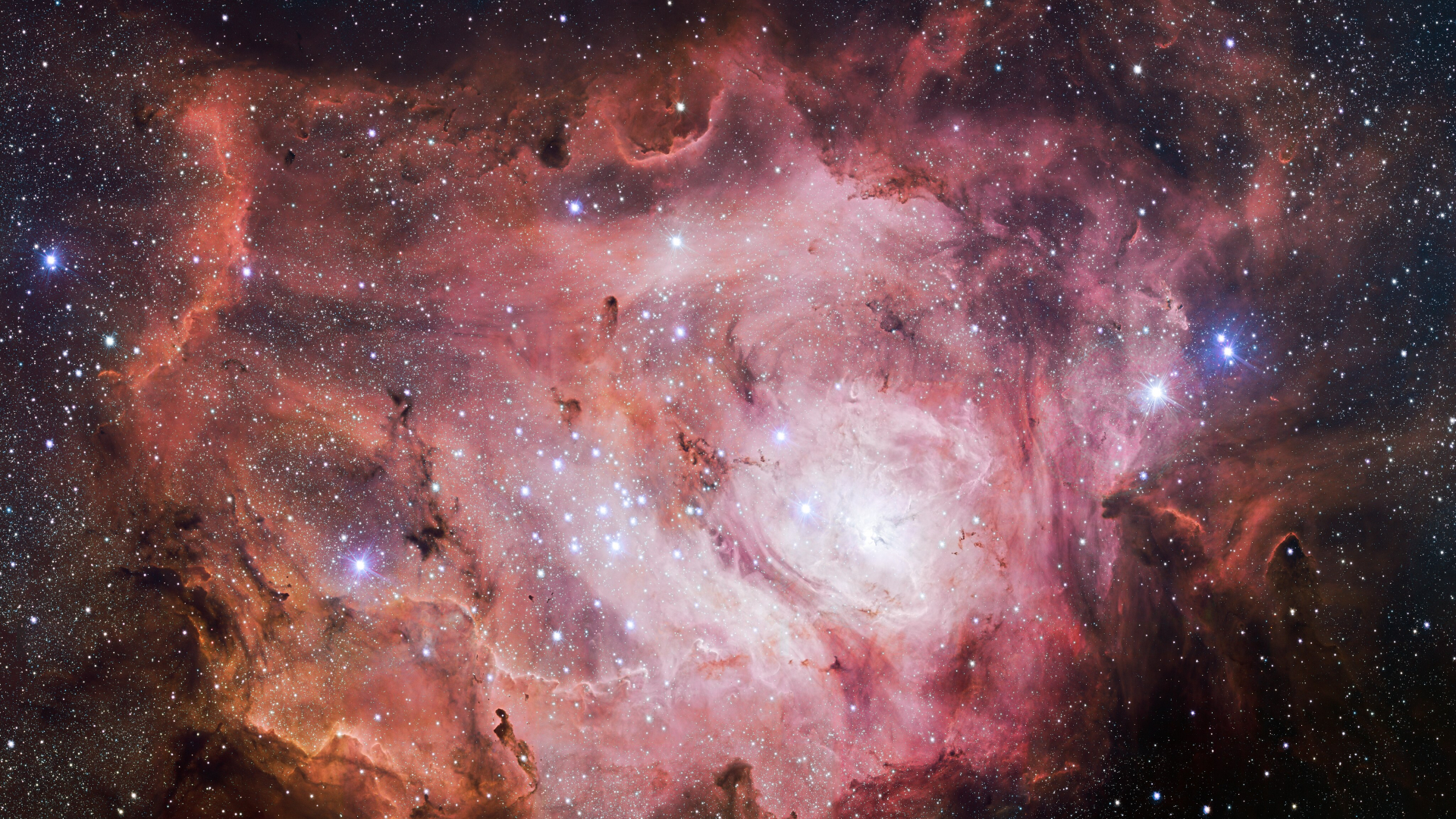
The first stars may not have been as uniformly massive as astronomers thought
By Luke Keller published
Chemistry in the first 50 million to 100 million years after the Big Bang may have been more active than we expected.
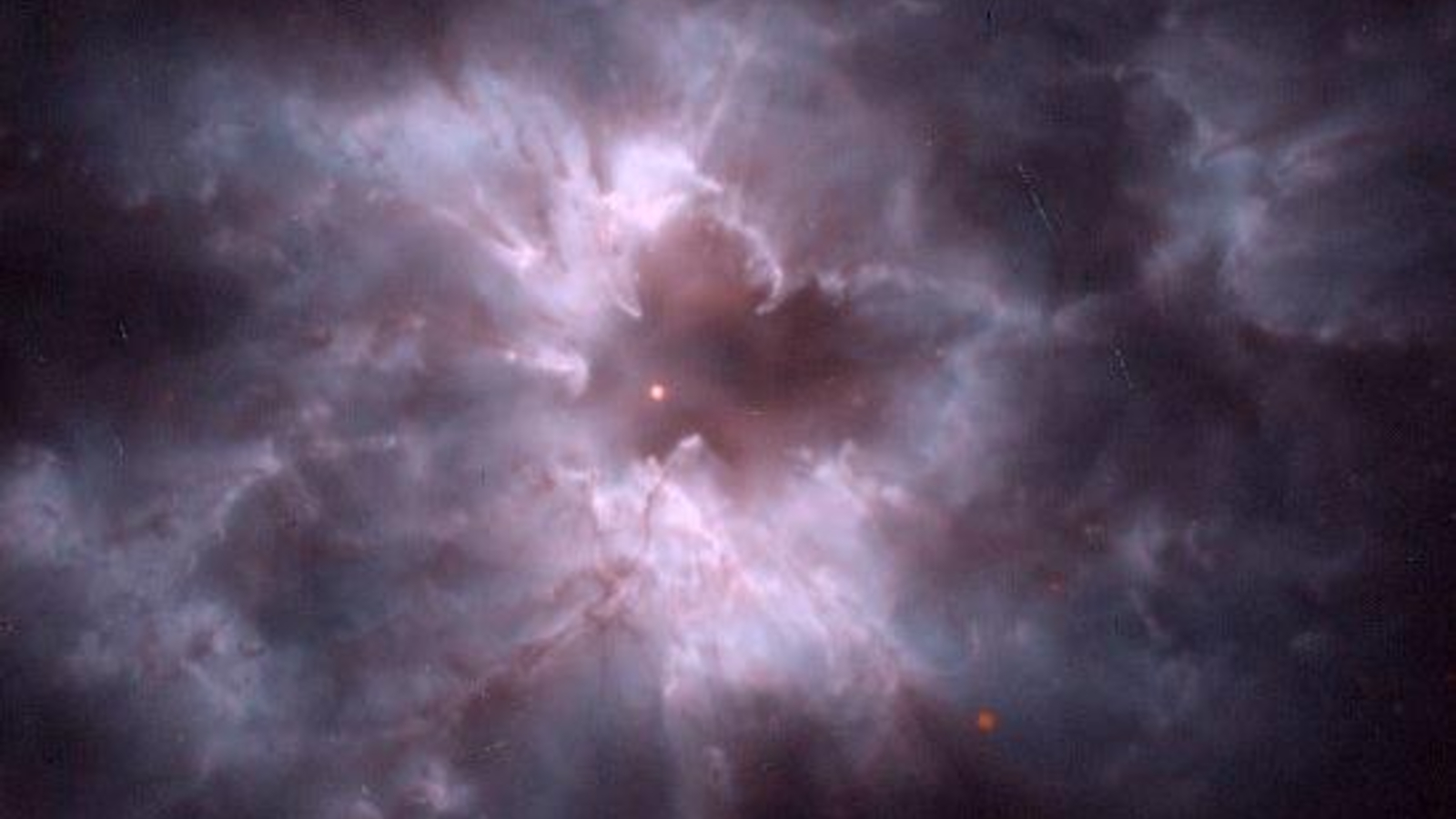
Earth-size stars and alien oceans – an astronomer explains the case for life around white dwarfs
By Juliette Becker published
Could an ocean – likely needed to sustain life – even survive on a planet orbiting close to a dead star?
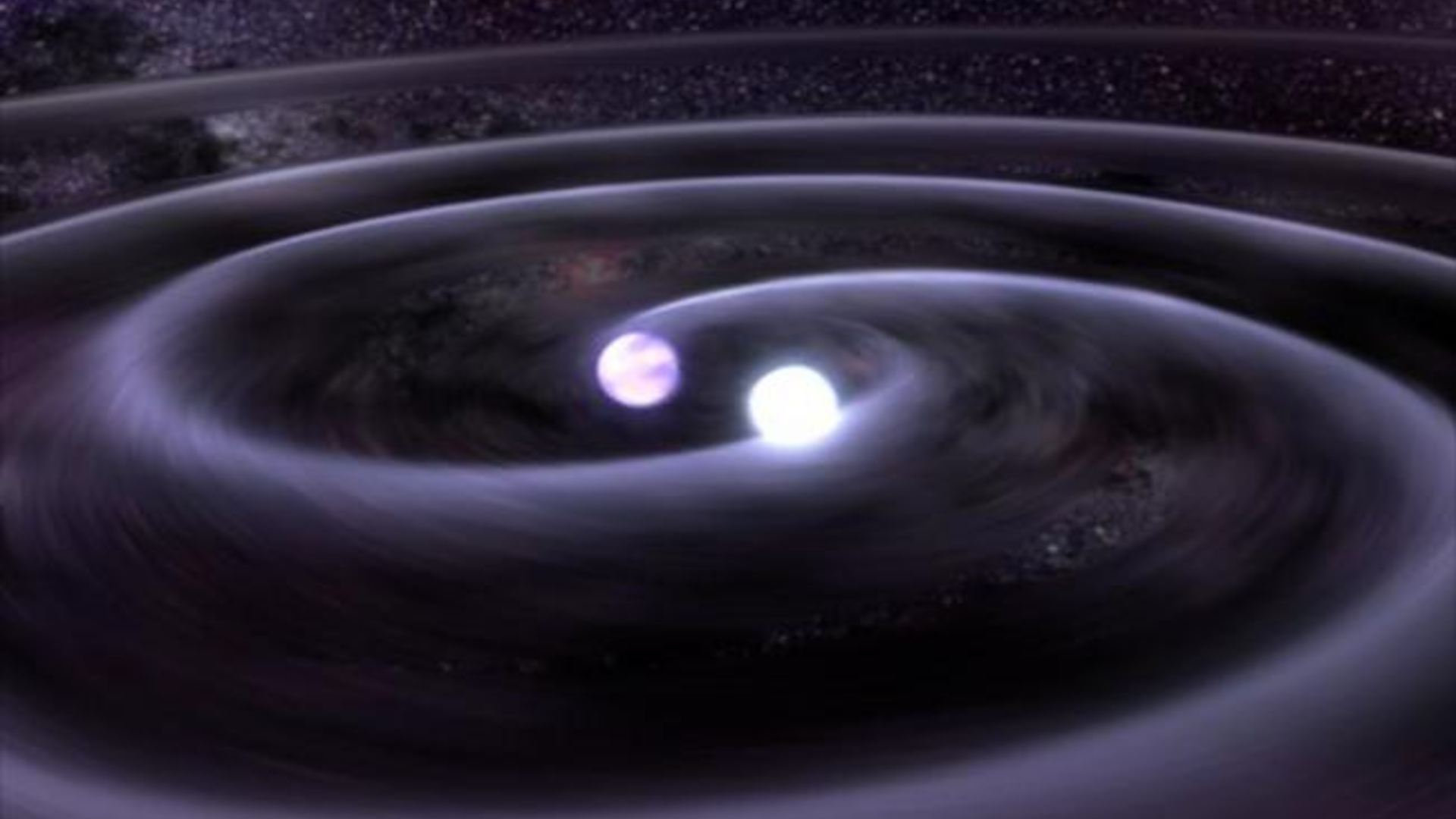
Galactic cannonballs: The mystery of hypervelocity white dwarfs may just have been solved
By Sharmila Kuthunur published
Astronomers may have solved the mystery of how hypervelocity white dwarfs rocket out of the Milky Way at breakneck speeds.
Breaking space news, the latest updates on rocket launches, skywatching events and more!
